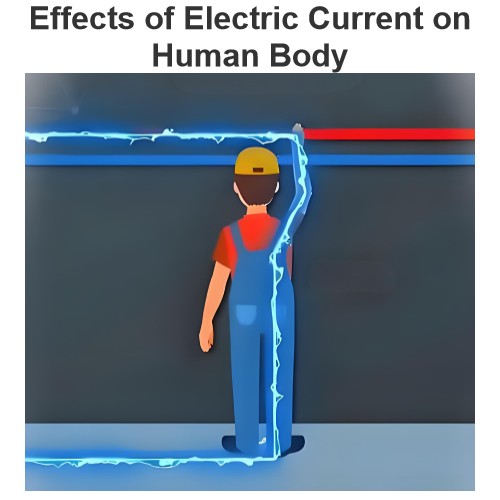What are the effects of having more than one kilo-volt of static electricity on our body?
Static electricity above 1000 volts may have the following effects on the body:
1. Slight impact
Tingling sensation
When the human body comes into contact with an object with more than 1,000 volts of static electricity, it may feel an instant sting. This is because the current generated by electrostatic discharge passes through sensitive parts of the human body, such as fingers, palms, etc., and stimulates nerve endings. For example, in the dry winter months, when you touch a metal door handle, you may get a static electric shock that numb your fingers.
This tingling sensation is usually brief and generally does not cause substantial harm to the body, but it can be uncomfortable and frightening.
Hair stands on end
Strong electrostatic fields may cause human hair to stand on end. This is because static electricity creates same-sex charges on the hair, which repel each other, causing the hair to stand on end. For example, in some special industrial environments, workers may find their hair fluffy and standing up due to static electricity.
Although the hair itself does not cause direct harm to the body, it can be a clear sign of the presence of static electricity and remind people to pay attention to the dangers of static electricity.
2. Potential risks
Interfering with medical devices such as pacemakers
For people wearing medical devices such as pacemakers and implantable defibrillators, static electricity above 1,000 volts may interfere with the normal operation of these devices. The electromagnetic field generated by electrostatic discharge may affect the electronic circuit of the medical device, causing the device to trigger incorrectly or malfunction.
For example, in some special areas of the hospital, such as operating rooms, intensive care units, etc., static electricity needs to be strictly controlled to prevent interference with the patient's medical equipment.
Cause fire or explosion
In some specific environments, such as gas stations, chemical plants, dust workshops, etc., electrostatic discharge above 1,000 volts may cause fire or explosion. This is because electrostatic discharge can produce sparks, and these places usually have flammable, explosive substances, sparks may ignite these substances, causing serious accidents.
For example, when refueling at a gas station, if the human body has static electricity, and electrostatic discharge occurs when it contacts the refueling gun or the metal parts of the vehicle, it may cause the combustion or even explosion of gasoline vapor.
Third, long-term impact uncertainty
At present, there is some uncertainty about the long-term effects of long-term exposure to static electricity above 1,000 volts. Some studies have shown that long-term exposure to static electricity may have certain effects on the body's nervous system, immune system, etc., but these effects need more research to confirm.
In general, although static electricity above 1,000 volts does not cause serious harm to the human body in most cases, it may pose potential risks in some specific environments. Therefore, in daily life and work, we should take some measures to reduce the generation and accumulation of static electricity, such as maintaining indoor air humidity, wearing anti-static clothing, using anti-static equipment and so on.
The Electricity Encyclopedia is dedicated to accelerating the dissemination and application of electricity knowledge and adding impetus to the development and innovation of the electricity industry.













